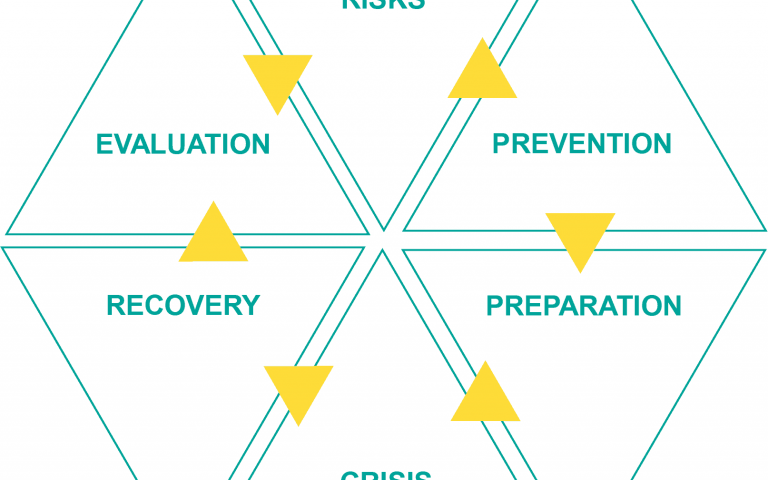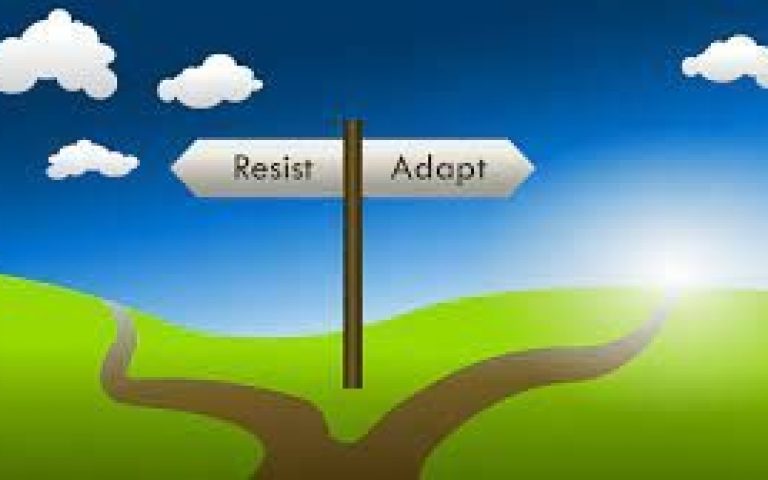Problem solving and decision-making are key roles in any business. However, many people often try to solve problems and make decisions by reacting to them before they fully understand all of the possible factors. They feel that the quickness of a decision is more important than the long-term outcome. There are times when a quick decision is necessary, such as if dealing with a violent act in the workplace. However, most decisions don’t carry that same immediacy, and you do, in fact, have the time to make a more thoughtful decision. That is the key, making the right, thoughtful decision. Just be careful to not let decisions accumulate or else you will have a backlog of both small and complex decisions to make. You need to find the perfect balance of knowing when to make quick and easy decisions on the fly and when to take time with the complex decisions. Problem solving and decision making are sometimes considered to be the hardest skills to master in the business.
While many people use the terms interchangeably, for our purposes we will define the two as follows:
- Problem solving is about going from where you are to where you want to be.
- Decision making is about choosing *how* you want to do it, so it is an integral part of the problem-solving process.
An example of a decision to be made that really isn’t a problem; consider being asked whether you would rather have one million dollars or one million one-dollar bills. You must choose between the two. I think you would agree this isn’t a problem, but rather a decision to be made. We would also agree that some problems are larger than others, that these might take more work to solve.
That said, let’s take a look at a simple process that provides a sense of order and a common frame of reference for those problems that don’t need an on-the-spot solution.
Step 1 – Define the problem
This is often where people struggle. They react to what they think the problem is. Instead, seek to understand more about why you think there is a problem. Ask yourself:
- What is it that causes you (or others) to think there is a problem?
- Where is it happening?
- How is it happening?
- When is it happening?
- With whom is it happening? (Hint: Don’t jump to “who is causing the problem?” When we are stressed, blaming is often one of our first reactions.)
- Why is it happening?
- Try writing a quick sentence or two that answers these questions.
If the problem still seems overwhelming, break it down further. You may actually have two or more related problems. If you discover that you are looking at several related problems, then prioritize which ones you should address first.
Step 2 – Look at potential causes for the problem.
- Get input from those who noticed the problem and those who are affected by it.
- Write down what your opinions and what you have heard from others.
- Perhaps, seek advice from someone trusted in order to verify your impression of the problem.
- Write down a description of the cause of the problem and in terms of what is happening, where, when, how, with whom and why.
Step 3 – Identify alternatives for approaches to resolve the problem.
At this point, brainstorming with others for solutions is sometimes appropriate. If you take this route, do not pass any judgment on the ideas just yet; merely write them down as you hear them. Immediate rejection can destroy the brainstorming process.
Step 4 – Select an approach to resolve the problem. Consider:
- Which approach is most likely to solve the problem for the long term?
- Which approach is the most realistic to accomplish for now?
- Do you have the resources?
- Are they affordable?
- Do you have enough time to implement the approach?
- What is the extent of risk associated with each alternative?
Step 5 – Plan how to implement the best alternative (your action plan).
- Carefully consider what the situation will look like when the problem is solved.
- What steps should be taken to implement the best alternative to solving the problem?
- What systems or processes should be changed in your organization? (For example, a new policy or procedure).
- Don’t resort to solutions where someone is “just going to try harder”.
- Determine how you will know if the steps are being followed?
- What resources will you need in terms of people, money, and facilities?
- How much time will you need to implement the solution? Write a schedule that includes the start and stop times and when you expect to see certain indicators of success.
- Who will primarily be responsible for ensuring implementation of the plan?
- Write down the answers to the above questions and consider this as your action plan.
- Communicate the plan to those who will be involved in implementing it.
*Note that an important aspect of this step in the problem-solving process is continual observation and feedback.
Step 6 – Monitor implementation of the plan.
Monitor the indicators of success:
- Are you seeing what you would expect from the indicators?
- Will the plan be done according to schedule?
- If the plan is not being followed as expected, then consider: Was the plan realistic?
- Are there sufficient resources to accomplish the plan on schedule?
- Should more priority be placed on various aspects of the plan?
- Should the plan be changed?
- Verify whether the problem has been resolved or not.
Step 7 – Revise the plan as needed (even if it means scraping the old plan and starting over).
If the monitoring suggests that some changes could improve the plan, consider them. It might turn out that the plan didn’t work in spite of all the efforts. Then admit it and start over. Each problem needs to be faced with at least some different thinking and be dealt with using different approaches and tools. Keeping open minds, drawing on many resources and using the outline described above will make problem solving and decision making easier, more efficient and perhaps even fun.
Once you apply a system, as such, to the way you approach problem solving and decision making, you will quickly discover that your conclusions are much more sound, better focused, and will have a more positive impact, overall, on your business.
***
























































































